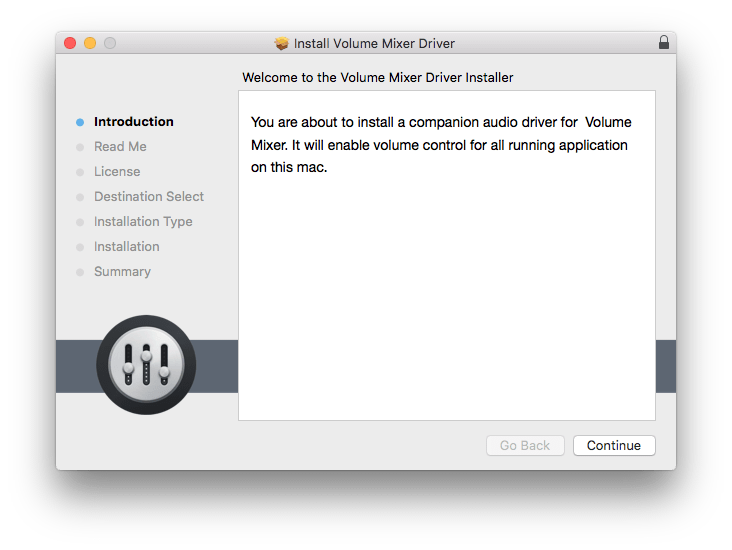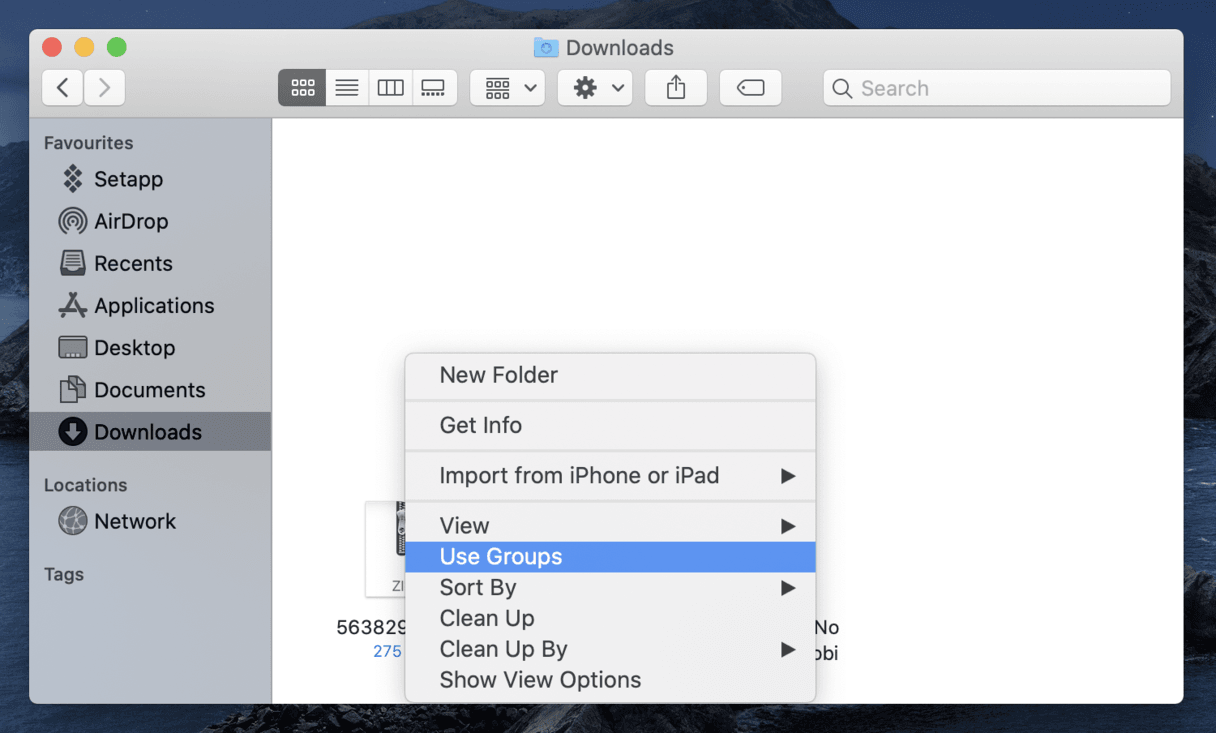- Can I Delete A Dmg File After Install
- Can We Delete Dmg Files After Installation
- Can I Delete Dmg Files After Installation Mac
- Can You Delete A Dmg File After Installing
Mac users often find their Downloads folder filled with disk images that they previously downloaded from the internet, files that – having already installed the apps – they forgot to delete after unmounting the image. As you may already know, installer files for macOS come with a DMG file extension – otherwise known as an Apple Disk Image – and are similar to ISO files.
To install an app – the majority of which just require dragging and dropping – users need to mount this .DMG file just as you might mount a CD when putting it into a CD drive, which makes its contents visible on the Mac. The required software is packed into a special bundle and carries an invisible “.APP” extension.

First of all, download the DMG extractor program file from the internet and install it in your personal Windows PC. Run the application with admin rights and in the main UI of the tool's screen, click on 'open' button in the upper menu bar to browse the required DMG file. The cleanup option can remove all installed or specific formulae, remove any older versions from the cellar. Also, old downloads from the Homebrew download-cache are deleted. Simply type the following command to free up disk space and delete outdated older versions: $ brew cleanup Sample outputs. After running the installer, you are again free to eject the disk image, and delete the.dmg file. It may seem like installers are an easier way to get software, but the disk image with the application directly on it is actually the preferred way to get software. Installers can be installing all sorts of files, all over your computer. Firstly, as of macOS 10.15 (Catalina), the system volume is bifurcated; one part is immutable and contains macOS, and the other part is mutable and contains everything else. The (poorly-named) Data volume is the mutable one. Don't touch it unless you want to break macOS. Secondly, try the following: Note. The following procedure must be performed on a macOS user account that has. While the Mac App Store is great, I still find myself downloading.dmg files and installing plenty of third-party software. I often forget to delete.dmg files after I've installed applications. Here's a script to automatically move the.dmg file to the trash when you eject the disk image.
Download CleanMyMac X from MacPaw’s website and clean up to 500MB of junk data from your computer while enjoying all the features of the software without major limitations.

Users tend to forget about the existence of these disk images after they install the software. The same is true for iOS installer files (IPSW), although using .IPSW to apply an iOS software update is considered to be a more advanced function and therefore more appropriate for tech-savvy users. Even so, it can still happen that even advanced users forget about these storage-hungry installer files.
How To Remove Installer Files
Can I Delete A Dmg File After Install
Having one or two installer files in the Downloads folder shouldn't cause any issues unless these files occupy gigabytes of space – Adobe Creative Cloud installer packages, for example. But when you realize that your Mac is running out of free space, this is a good place to check for the remains of installer files to remove them and save space.
Removing these files is as easy as the installation process: select the file and drag it to the Bin. There are cases where the software is more complex, such as Adobe's suite of programs or Mac optimization software OnyX's installer files. If this is the situation, just open the disk image and look for an uninstaller file, or launch the app and find the uninstall options. The uninstall process may differ by app, but in most cases it is hassle-free.
Can We Delete Dmg Files After Installation
Most Common Issues When Removing Installer Files
The drag and drop removal method, however, may leave some junk data behind since it doesn't remove the supporting files, which, if you frequently install and uninstall apps, may end up eating into your Mac's storage.
Ever since macOS Sierra 10.12, Apple has provided users with the option to trash the installer as soon as its function is finished, a pretty handy feature considering the limited disk space on a MacBook Air.

Fortunately, Mac optimization apps such as CleanMyMac and others include a neat uninstaller utility that helps remove all files associated with the application and its temporary installation files. While this feature won’t remove the installation file, it does find the files associated with specific software after selecting the app(s) that you want removed.
Installer files are easier to remove because they can be considered as .ZIP files. To move the installer to the Trash, however, you should first unmount it, otherwise it will display an error message. After unmounting it, locate the file (usually in the Downloads folder, the default location for files downloaded from the web), and simply press the Command + Backspace keys or drag it into the trash can.
Can I Delete Dmg Files After Installation Mac
Best Mac Optimization Software of 2021
| Rank | Company | Info | Visit |
| |||
| |||
|

Can You Delete A Dmg File After Installing

Get the Best Deals on Mac Optimization Software
Stay up to date on the latest tech news and discounts on Mac optimization software with our monthly newsletter.